
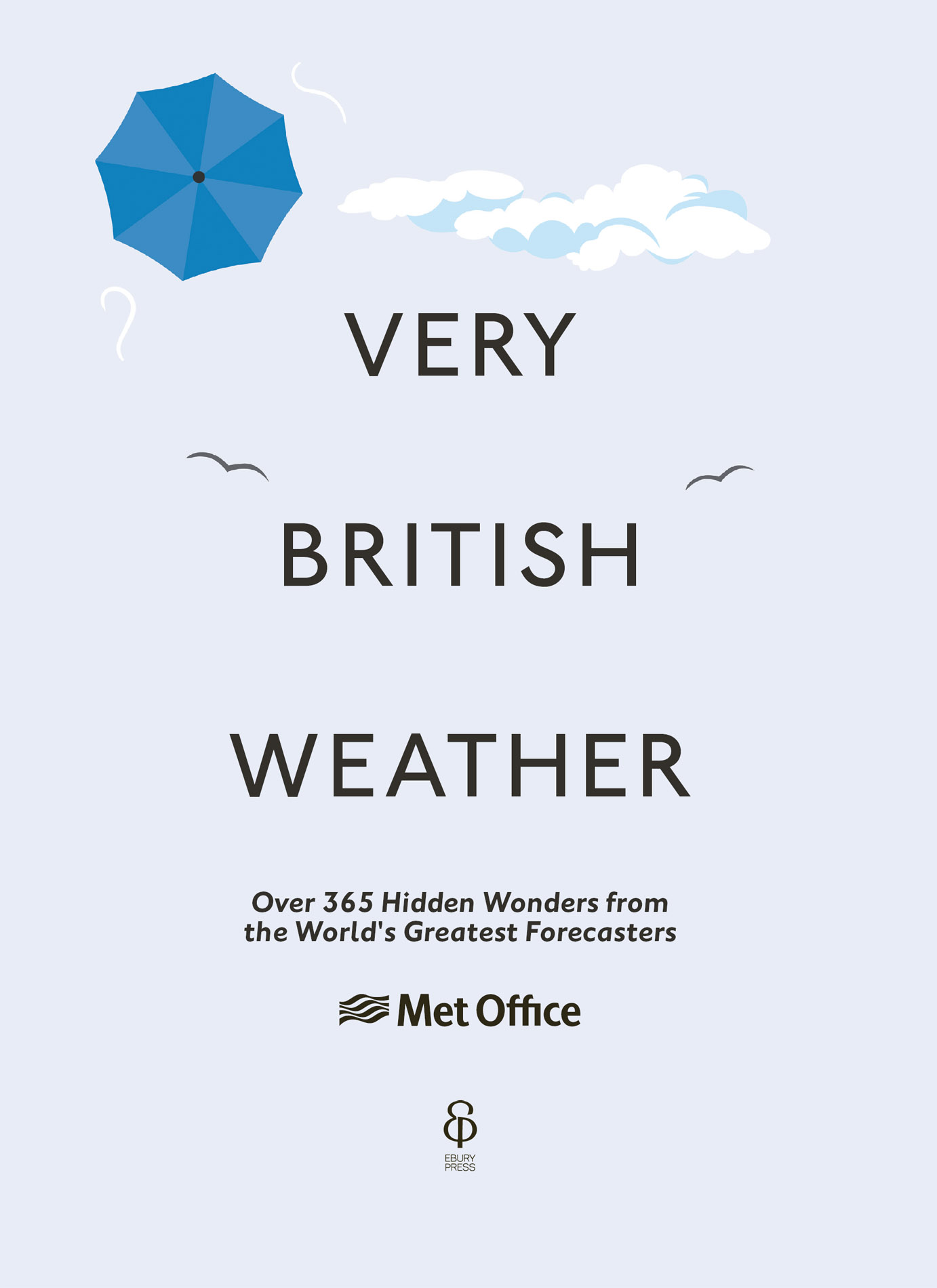
About the Author
The Met Office is the UKs national weather service. It provides weather and climate-related services to the Armed Forces, government departments, the public, civil aviation, shipping, industry, agriculture and commerce. Since its foundation in 1854, the Met Office has pioneered the science of meteorology and its application. The Met Office are a key part of the weather and climate community, uniting scientific leaders from every corner of the globe, delivering extraordinary impact and benefit to the world around us.
Foreword
Weather has exercised a fascination for humans through recorded history, and nowhere more than in our islands with their changeable conditions. For almost 170 years, Met Office scientists have been driven by their curiosity to better understand the mysteries of weather and to predict it to the benefit of their fellow citizens. In 1943 during the Second World War Weather, a predecessor to this book, was published. A year later, the Met Office made a weather forecast that historians argue changed the course of the war.
Much has changed since then. It is startling how ubiquitous and accurate weather forecasts have become; on our phones, the web and TV. Weathers closing paragraphs suggest that it may never be possible to forecast next weeks weather. However, the work of meteorologists and scientists around the world combined with ever more powerful supercomputers mean the dreams of 1943 are now reality.
Another change is that the world has warmed by around a degree Celsius. As a result, we are seeing more weather extremes. In 2019, the UK recorded its highest temperature on record. In 2020, the wettest February on record in the UK brought devastating floods. It is more crucial than ever that we provide accurate forecasts and advise on the impacts of severe weather.
In February 2020, the Met Office received funding for a new supercomputer which will be operational from 2022. Together with our world-leading scientists and meteorologists, this will ultimately deliver earlier and more accurate warning of severe weather. It will also provide the information needed to build a more resilient world and help support the transition to a low carbon economy across the UK.
But you dont need a powerful supercomputer to appreciate watching the weather from your window and wonder why it is so weird and wonderful. We all experience the weather. This book will help you to enjoy and understand it. We are proud to share all that we have learned over the years and this book will let you indulge your curiosity about the weather with us.
Professor Penny Endersby
Chief Executive, Met Office
The Met Office: From 1854 to Now
| 1854 | Met Office established by Vice Admiral Robert FitzRoy within the Board of Trade. |
| 1859 | Royal Charter storm: approximately 459 lives lost off Anglesey and leads to introduction of a storm warning service. |
| 1861 | Newspapers take first public weather forecasts. |
| 1861 | Warning service for shipping delivered by telegraph to harbour towns. |
| 1916 | First military operational forecast. |
| 1919 | WWI has just ended and the Met Office becomes part of the Air Ministry. |
| 1922 | First daily weather forecast is broadcast on radio. |
| 1924 | First Shipping Forecast is broadcast on radio. |
| 1936 | First televised weather maps. |
| 1944 | The Met Office advises on Operation Overlord and provides key forecasts for D-Day. |
| 1954 | First in-vision weather forecast is presented by George Cowling. |
| 1960 | TIROS the worlds first meteorological satellite is launched. |
| 1962 | The Mobile Meteorological Unit is established to provide support for military exercises across the world. |
| 1965 | First operational forecast by a computer nicknamed Comet. |
| 1986 | NAME the Met Office atmospheric dispersion model is developed in response to the Chernobyl nuclear disaster. |
| 1987 | The Great Storm occurs and results in the National Severe Weather Warning Service. |
| 1988 | The Meteorological Office becomes the Met Office. |
| 1990 | The Hadley Centre for Climate Prediction and Research is founded. |
| 1995 | Met Office launches its website. |
| 2003 | Met Office Headquarters move from Bracknell to Exeter. |
| 2009 | Flood Forecasting Centre is founded, a joint operation between the Met Office and the Environment Agency. |
| 2009 | Met Office joins Twitter. This is followed by Facebook in 2010, Instagram in 2013, Snapchat in 2017 and TikTok in 2019. |
| 2010 | The London Volcanic Ash Advisory Centre, based at the Met Office, monitors and forecasts ash dispersion of erupting Icelandic volcano Eyjafjallajkull. |
| 2011 | The Met Office moved from the Ministry of Defence to the Department for Business, Innovation and Skills. |
| 2014 | The Met Office produces its first operational space weather forecasts. |
| 2015 | Storm Abigail hits north-west Scotland and is the first storm to be named by the Met Office. |
| 2016 | Met Office creates an App for iPhone and Android. |
| 2020 | Met Office secures 1.2 billion of funding for a state-of-the-art supercomputer that will improve severe weather and climate forecasting. Computing capacity is expected to increase six-fold when it launches in 2022. |
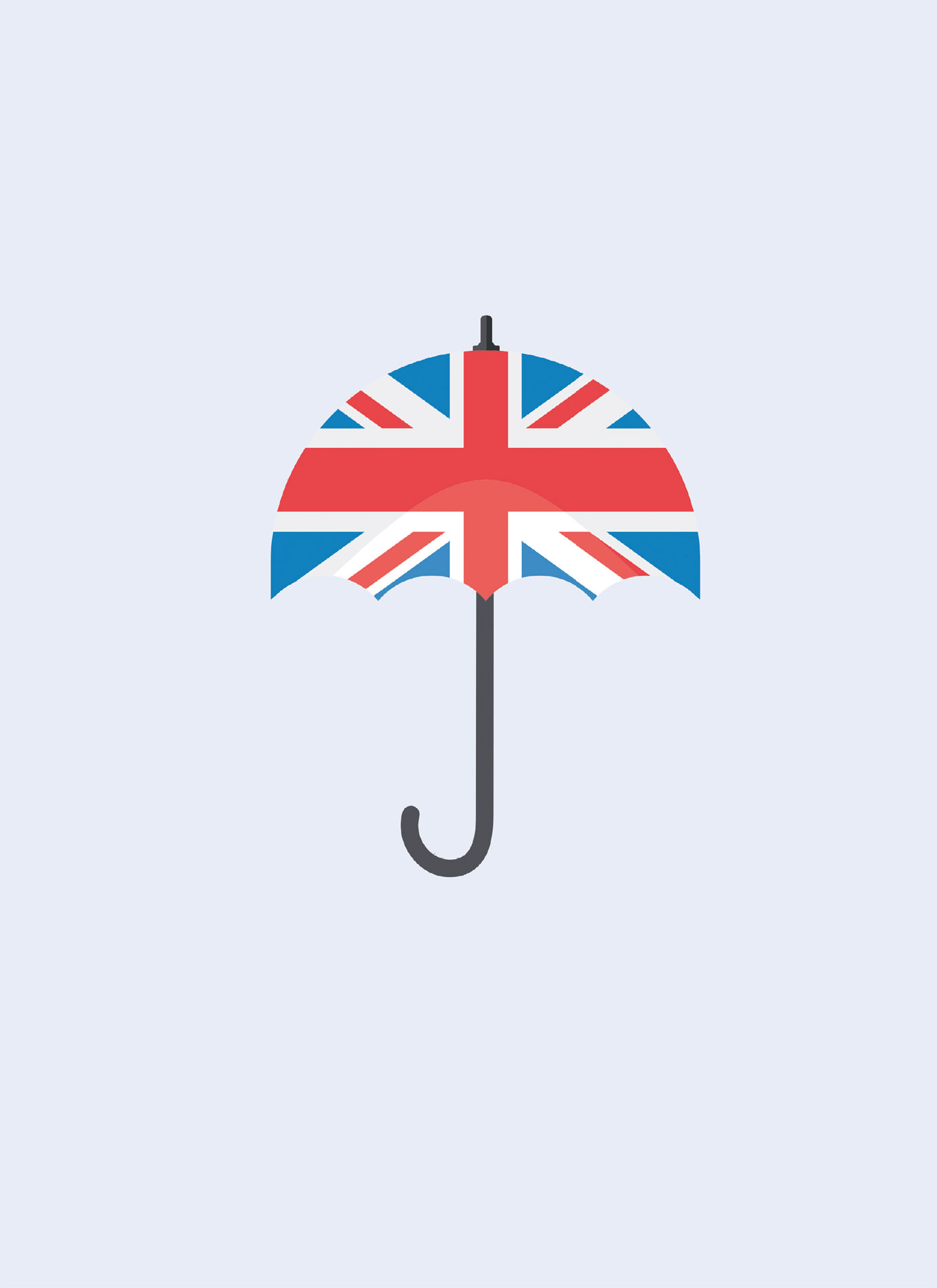
A VERY BRITISH OBSESSION
 Sunshine is delicious, rain is refreshing, wind braces us up, snow is exhilarating; there is really no such thing as bad weather, only different kinds of good weather.
Sunshine is delicious, rain is refreshing, wind braces us up, snow is exhilarating; there is really no such thing as bad weather, only different kinds of good weather. 
JOHN RUSKIN
What do we think of when we think about the British weather? Unseasonal heatwaves in April; gale-force winds battering us in November; bright, clear days in January when the sun is shining but it is bitterly cold; warm, sultry days in October as we enjoy an Indian summer; overcast, drizzly days in well, really at any time of the year. The answer is, of course, all of these and more.
We experience a wide range of seasonal weather in the UK, and it is no exaggeration to say that the British are obsessed with it. It has inspired some of our greatest artists, poets, musicians and writers, and informed our way of life on this small group of islands on the western edge of Europe in the north-east Atlantic Ocean, from the clothes we wear to the buildings we work and live in. Our language is rich with words to describe the weather, and the regional variance is as diverse as the weather conditions we experience. It is also one of our favourite topics of conversation. But why is this the case? Why do we in the UK care so much about the weather?
One potential reason is our geographical position. The British Isles sit in the midlatitudes, where warm air from the subtropics often clashes with cold air from the North Pole. Add to that an ocean to our west and a continent to our east, and you could argue that the UK doesnt really experience its own weather at all, but instead borrows it from other climes: south-westerlies in the autumn bring Azorean levels of humidity; easterlies in the winter carry a Siberian chill; and southerlies in the summer provide a taste of Spanish heat.
Next page
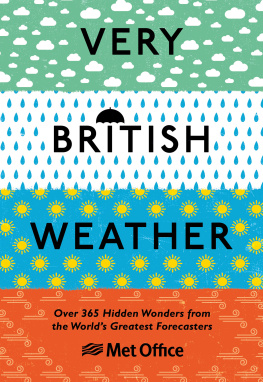
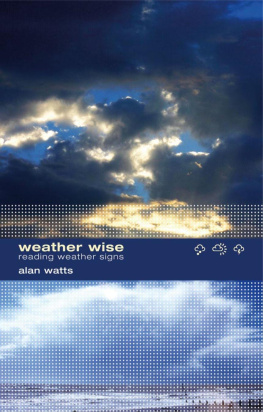


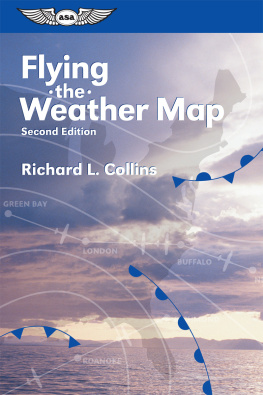
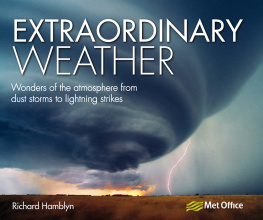
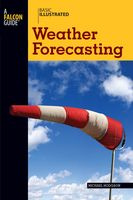




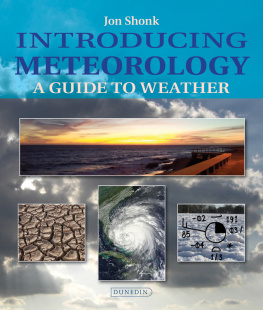



 Sunshine is delicious, rain is refreshing, wind braces us up, snow is exhilarating; there is really no such thing as bad weather, only different kinds of good weather.
Sunshine is delicious, rain is refreshing, wind braces us up, snow is exhilarating; there is really no such thing as bad weather, only different kinds of good weather.